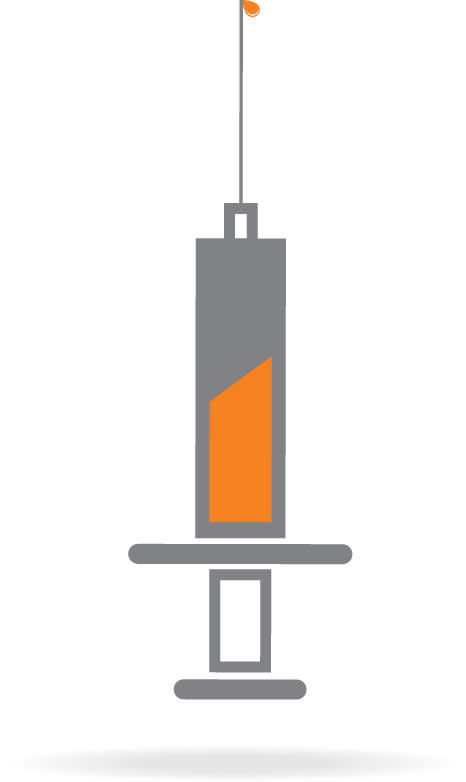Did Florida’s Crackdown on Pill Mills Create a Heroin Epidemic?

In 2010, some 90 percent of the Oxycontin prescriptions in the U.S. were written in Florida, where “pill mills” were springing up at record rates. Overdose deaths were skyrocketing, and the state had become a magnet for addicts from all around the country. The next year, reacting to public outcry, the state cracked down on pain clinics prescribing opioids like oxycodone and hydrocodone. Now, five years later, pain pill abuse is down, but heroin use has soared. And the resurgence of heroin, a street drug with a sinister reputation, has led some to ask if the crackdown actually made things worse.
The Oxycontin epidemic had been building since the FDA approved the powerful painkiller in 1995. It was hailed as a highly effective way to treat formerly unmanageable pain and was legally prescribed for people with legitimate pain issues. Few realized how addictive it could be. “Unwittingly, the medical community became the pushers,” says Phil Brooks of First Step of Sarasota. Soon pain clinics popped up, looking to capitalize on the exploding demand. By the time the state stepped in, huge numbers of people had become dependent on the pills.
“If you’re going to try to limit supply, you have to have adequate access to treatment. Otherwise they’re just going to find a new way to get high,” says Brooks. “If you can’t get the treatment, you’re facing withdrawal. You’re going to find the path of least resistance.” For people craving the high of artificial prescription opiates, that path leads right to heroin—the real thing. Heroin is unregulated, and today’s heroin is often laced with other powerful and dangerous drugs. “At least with the pill, you know how much you’re taking,” says Mary Ruiz, CEO of Bradenton’s Centerstone treatment center (formerly Manatee Glens).
And there’s lots of heroin around, which means it’s cheaper—about $10 a hit (.1 gram) compared to $25 or $30 per pill. (Pills have become more expensive now that they’re harder to get.)
After the crackdown, oxycodone- and hydrocodone-related seizures in Manatee County fell from 2,262 in 2011 to 112 in 2014. Over a similar time period, suspected heroin overdose deaths in Sarasota, Manatee and DeSoto counties went from eight in 2012 to 86 through August of 2015—and there were more than 1,000 overdose emergency calls in Manatee in August. “Statewide, from July 2010 to June 2011, we had 45 heroin deaths,” says Captain Todd Shear of the Sheriff’s Office of Manatee County. “In Manatee alone [in 2015] we surpassed that number.”
“We in the treatment field warned that without funding for treatment, we could expect an increase in heroin use,” says Ruiz. Still, she insists that the crackdown on prescription clinics was “absolutely necessary. The bad part was that it was so long in coming.” Plus, she adds, “We still have no increase in treatment funding.” Patients may have to wait weeks or even months for a spot in a treatment center.
Law enforcement also has limited funds for tracking down addicts and few ways to help them recover when they do. Officials for the sheriff’s departments in both counties echo a familiar sentiment: “You can’t arrest your way out of addiction.” Sarasota Sheriff Tom Knight stresses that his department is more focused on rescuing addicts than arresting them. “If you’re having an overdose, we want you to call us,” he says. “We’ll deal with the criminal aspects afterwards.” Manatee law enforcement is focusing its efforts on traffickers, trying to curb that county’s overwhelming influx.
Some addicts end up in jail after stealing to fuel their habit; if they’re in Sarasota, they can enroll in an addiction recovery program there, the only one of its kind in the Southeast. But that reaches only a sliver of those who need help.
Ultimately, the current heroin eruption seems to be just another step in a constant cycle of drug crises, a battle of supply-and-demand that can’t be addressed by targeting any one substance.
Larry Eger, public defender for the 12th Circuit, argues that a major systemic overhaul is the only way to a solution.
“[The pain clinic crackdown] addressed a crisis, but that didn’t solve the problem,” says Eger. “It’s just like taking a balloon and squeezing it; it’s just popping up somewhere else.”



